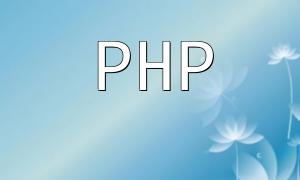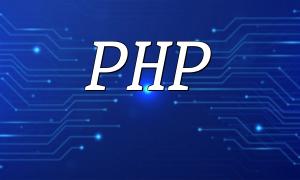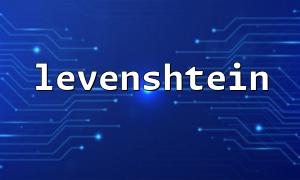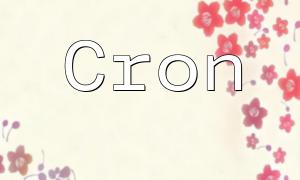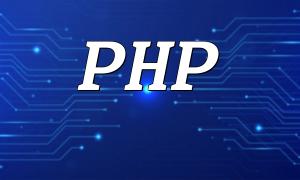In modern web development, the combination of PHP, Ajax, and JSON has become an important method to enhance website interactivity. This article will explain how to use PHP, Ajax, and JSON and share strategies for improving user experience and search engine rankings with these technologies.
Before diving into examples, let's quickly review the three technical concepts. PHP is a popular server-side scripting language primarily used to build dynamic web pages. Ajax (Asynchronous JavaScript and XML) is a method to exchange data with the server without reloading the entire page. Finally, JSON (JavaScript Object Notation) is a lightweight data exchange format that is easy for humans to read and write, and easy for machines to parse and generate.
To handle Ajax requests, we typically need to create a script in PHP to process the requests sent from the client. Below is a simple example demonstrating how to use PHP to process an Ajax request and return JSON data.
On the front end, we can use JavaScript's XMLHttpRequest object or the modern Fetch API to make Ajax requests. Here's an example using the Fetch API:
When developing applications based on PHP, Ajax, and JSON, optimizing for search engine rankings is an important consideration. Below are some best practices:
While Ajax can improve user experience, search engine crawlers often have difficulty processing asynchronously loaded content. To make your site easier to index, it's recommended to use server-side rendering for the main page content and use Ajax to enhance functionality.
Ensure that the returned JSON data is well-structured and contains key information. This not only helps reduce load times but also improves user experience, which contributes to SEO.
In the content returned by Ajax requests, using keywords strategically can increase the relevance of the page. Ensure these keywords are naturally integrated into the returned data to meet the user’s search intent.
This article introduced how to use PHP, Ajax, and JSON to create interactive websites and provided effective SEO optimization strategies. By applying these technologies appropriately, you can enhance the user experience and improve search engine rankings. We hope this example helps you better understand the combination and application of these technologies.
